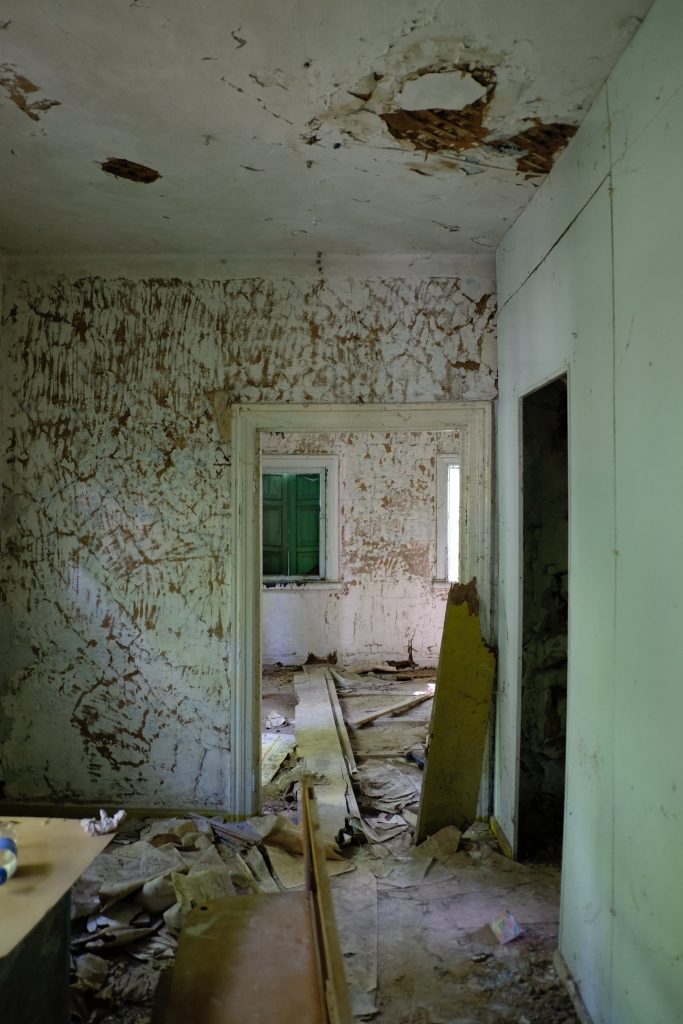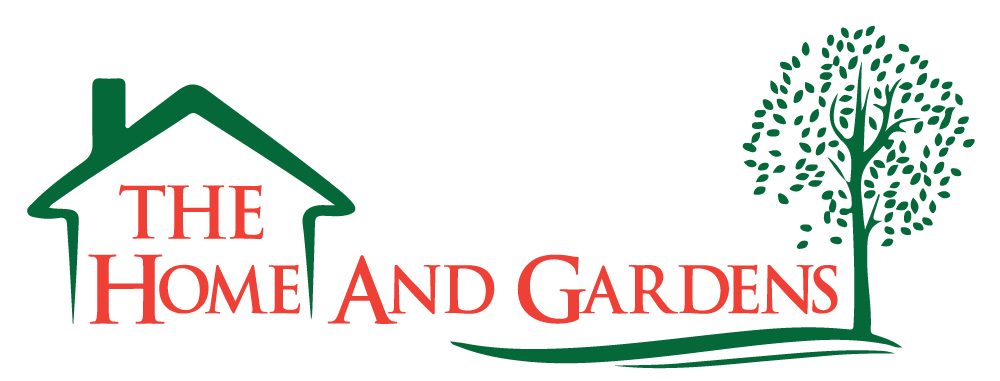How to Get Rid of Mould in the Bathroom

Not only does mould look unsightly, it can be a serious health hazard. One of the most common places for mould to show up is in the bathroom because the constant change of temperatures and lack of ventilation creates the perfect breeding ground for spores to form. The problem can be particularly difficult to control when a bathroom is windowless and relies on an extractor fan to reduce moisture levels. If you’re already dealing with a mould problem then we’ve put together a few top tips that may help you get rid of it once and for all. Read on to find out more…
Safety First
Remember, mould can be dangerous if it is inhaled and the spores can cause respiratory symptoms. When it comes to tackling bathroom mould, it is highly recommended that you invest in a respirator that will filter the air and keep you safe. Bleach is often involved in the removal of black mould as it can leave behind stains on the surface so we also recommend that you wear gloves, goggles and old clothing that can be washed immediately afterwards in order to protect your skin and eyes from harm. Once you can guarantee your safety, you’re ready to tackle that mould problem.
Use a Vinegar Solution
If you’re not keen on using bleach then vinegar is another great way to get rid of bathroom mould. This is because white vinegar has antifungal and antibacterial properties that are perfect for stopping mould in its tracks. Simply saturate the affected surface with vinegar using a spray bottle and allow it to sit for at least 30 minutes. Using a scrubbing brush, you’ll then want to work the vinegar into the mould in order to disrupt it and wipe it away, however be sure to wear gloves to avoid the vinegar and mould getting onto your hands. After this, spray the area with vinegar again and allow it to sit for another 30 minutes before rinsing with warm water. The smell may not be ideal, but at least you’ll be able to tackle that mould once and for all!
Contact Your Landlord for Severe Mould
Sometimes mould can return after a short period of time, and this may suggest that there is another cause to the problem. If you’re renting a property that is suffering from a pretty severe mould problem that vinegar solutions and store-bought mould removers aren’t fixing then you have a right to request that your landlord gets involved.
The longer that mould is unattended, the more problematic it can become. People with allergies or asthma may find that their symptoms become aggravated by it and black mould in particular releases mycotoxins that can enter the air and cause respiratory issues when inhaled or ingested by just about anybody. As such, it is important to tackle mould from the get-go and ensure that any recurring problems are reported to your landlord sooner rather than later.
